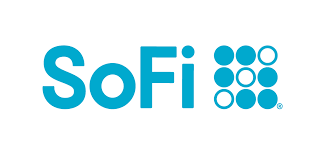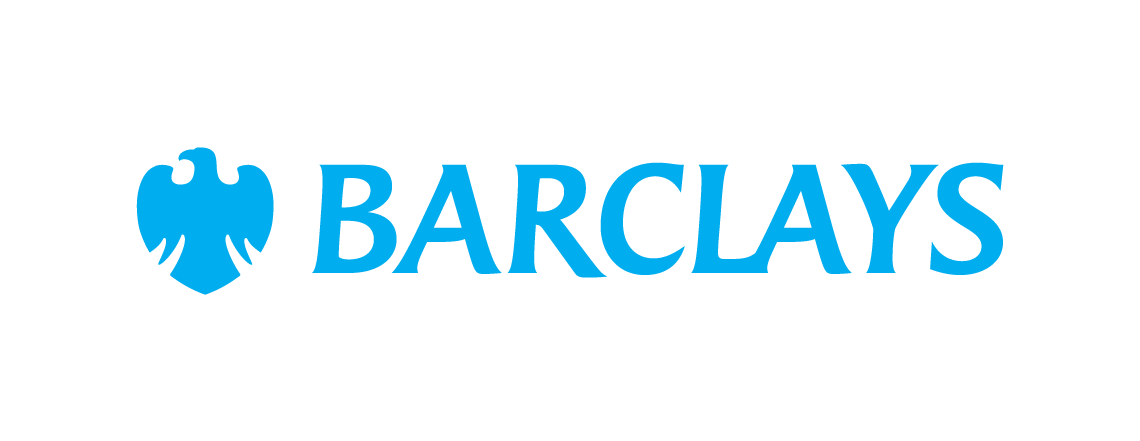Inflation Has Been Cooling. Does That Mean You Don't Need as Large an Emergency Fund?
KEY POINTS
- Inflation peaked at over 9% in mid-2022 but is now down to about 5%.
- You may not need to add to your emergency fund to cope with inflation, but you shouldn't just go ahead and spend the money you've saved now that inflation levels are lower.
- You could have a financial emergency that has nothing to do with inflation, such as a job loss.
In June 2022, year over year inflation, as measured by the Consumer Price Index (CPI) reached an astounding 9.1%. Back then, many Americans had to rack up debt on their credit cards just to stay afloat, and understandably so.
Thankfully, inflation has been easing notably in 2022. In March, annual inflation came in at 5% as per that month's CPI. And April's CPI measured annual inflation at 4.9%.
Meanwhile, a lot of people have no doubt been raiding their emergency savings to cope with inflation. But now that inflation has cooled off a bit, do you need as robust an emergency fund? Or are you okay to take some of the money you've been socking away out of your savings account and spend it?
It still pays to have more savings than less
The purpose of an emergency fund is to have cash reserves to tap when unexpected bills arise. Now normally, when we think about dipping into an emergency fund, it's usually in the context of having to cover a sudden home repair, a string of medical bills, or general bills due to having lost a job.
But it's fair to put inflation into the "unplanned expense" category. That's because the higher living costs we've experienced since the latter part of 2021 weren't something anyone could plan for.
Now that inflation levels are cooling, you may not need to add to your savings so much. But does that mean that you should spend some of your existing emergency fund? Not at all.
Let's say you have enough money in savings to cover four months of essential expenses. You may not need to add to your savings, giving you more leeway to spend your incoming paychecks. But that doesn't mean you should go and take a $500 withdrawal from your emergency fund to do things like dine out or buy electronics.
At a minimum, you should have a large enough emergency fund to cover three months of essential living costs. If you have more than that, you're in good shape. But that doesn't mean you should dip into your cash reserves, because you never know when you might need that money.
It's not just about inflation
Up until last year, most of us probably wouldn't have thought about dipping into our emergency savings to cope with inflation -- namely, because inflation wasn't such a big issue. Even if inflation levels continue to drop, the reality is that you never know when you might lose your job, have your car fail, or encounter another expense your regular paycheck can't cover.
You don't necessarily need to have multiple years' worth of expenses in your emergency fund. But it's also not a bad idea to save up enough cash to cover six to 12 months' worth of bills. So not only should you not raid your savings due to lower levels of inflation, but you may even want to consider adding to your emergency fund for further protection against life's many unknowns.
These savings accounts are FDIC insured and could earn you 11x your bank
Many people are missing out on guaranteed returns as their money languishes in a big bank savings account earning next to no interest. Our picks of the best online savings accounts could earn you 11x the national average savings account rate. Click here to uncover the best-in-class accounts that landed a spot on our short list of the best savings accounts for 2024.
Our Research Expert
We're firm believers in the Golden Rule, which is why editorial opinions are ours alone and have not been previously reviewed, approved, or endorsed by included advertisers. The Ascent does not cover all offers on the market. Editorial content from The Ascent is separate from The Motley Fool editorial content and is created by a different analyst team.
Related Articles
View All Articles
